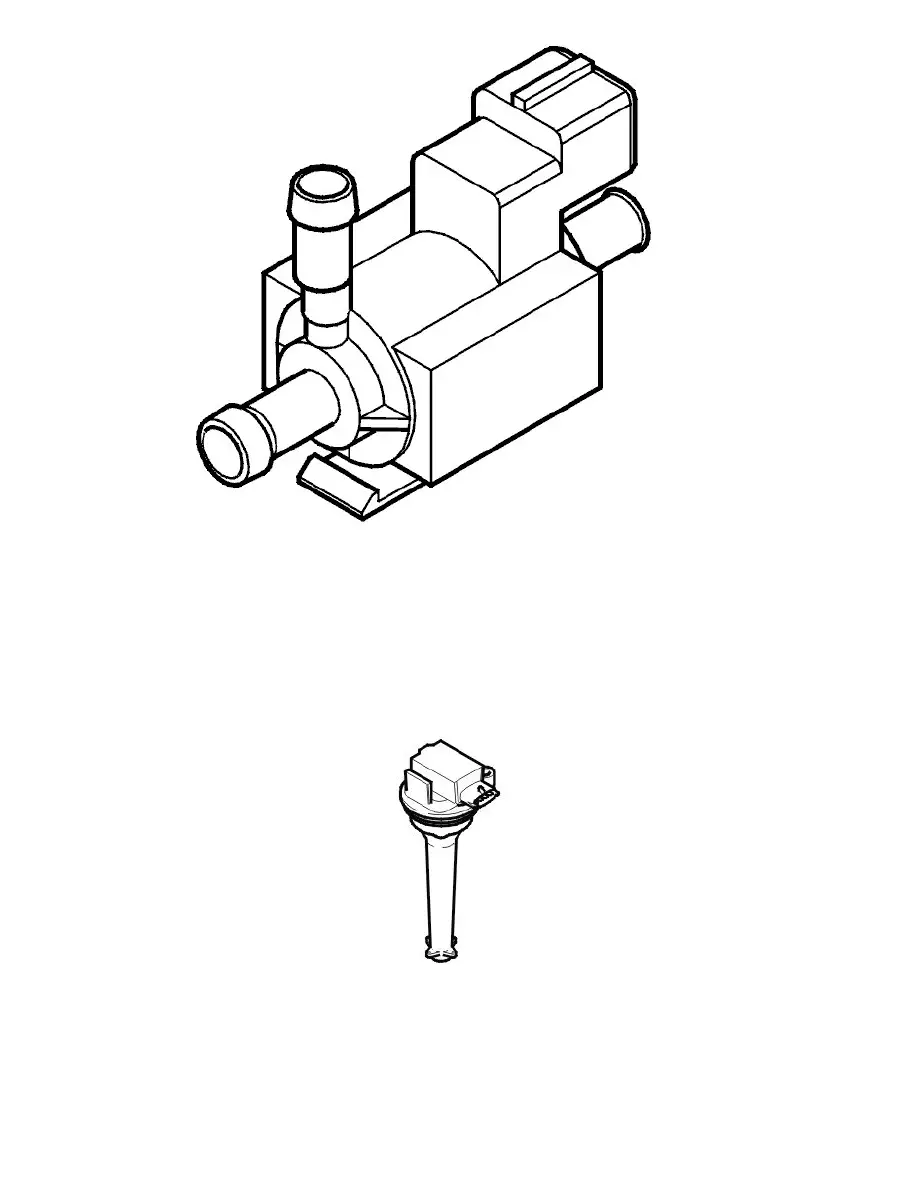XC90 2.5T AWD L5-2.5L Turbo VIN 59 B5254T2 (2003)

The turbocharger (TC) control valve is used to open/close the connection between the intake manifold and the pressure servo for the turbocharger (TC).
The valve controls the pressure servo which affects the boost pressure control (BPC) valve and therefore the boost pressure. Also see Function See:
Description and Operation/Bosch ME7.01 Engine Management System/Function.
The valve is an electro-magnetic valve which is powered from the system relay. When the valve needs to be opened, it is grounded internally in the
engine control module (ECM). The valve can be controlled steplessly by grounding the valve using a pulse width modulation (PWM) signal.
The valve is closed when in the standby position (open-circuit).
The turbocharger control valve can be diagnosed and can be activated using VIDA.
The turbocharger (TC) control valve is on a hose between the intake manifold and the pressure servo for the turbocharger.
Ignition coils
The ignition coils supply the spark plugs with high voltage to produce sparks. The engine control module (ECM) controls the ignition coils so that sparks
are generated at the correct time.
Each ignition coil has its own integrated power stage.
The ignition coils are in the sparkplug wells above each spark plug.
The ignition coils for each cylinder have different terminals in the engine control module (ECM), depending on whether the engine has 5 or 6 cylinders.
The engine control module (ECM) can diagnose the ignition coils.
Emissions warning lamp
